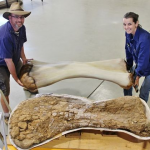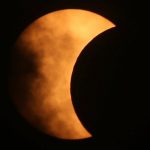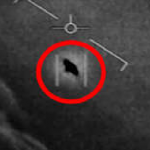How to make a universe0
- From Around the Web, Space
- June 9, 2021
“Normal” stuff is optional.


Dedicated to uncovering and understanding mysteries of the solar system, NASA’s Discovery program has spent nearly three decades exploring outer space with 20 missions. With an emphasis on innovative planetary missions, the program is now heading toward Earth’s closest neighbor: Venus.

WITH THE ANTICIPATED RELEASE OF THE PENTAGON UFO REPORT just days away, these unidentified flying objects have become a public obsession — so much so that even NASA can no longer ignore the rising interest in unraveling the mystery.

Scientists have confirmed the discovery of a new dinosaur species in Australia, one of the largest found in the world, more than a decade after cattle farmers first uncovered bones of the animal.

A microscopic animal has been revived after slumbering in the Arctic permafrost for 24,000 years.

A giant replica of Noah’s Ark has been deemed unseaworthy and detained where it is docked.

Sometime later this month, Congress is expected to receive a detailed report from the Defense Department and the Office of the Director of National Intelligence that provides — in far greater detail than ever before — what the government knows about unidentified flying objects.

The moon will partially cover the sun in the UK later this week, but some parts of the northern hemisphere will experience a total eclipse

That implies hardy water bears may not withstand crash-landing on a new planet

An upcoming Pentagon report on UFOs isn’t expected to determine what the mysterious flying objects observed by Navy pilots are, but NASA is now among the government agencies interested in finding out.